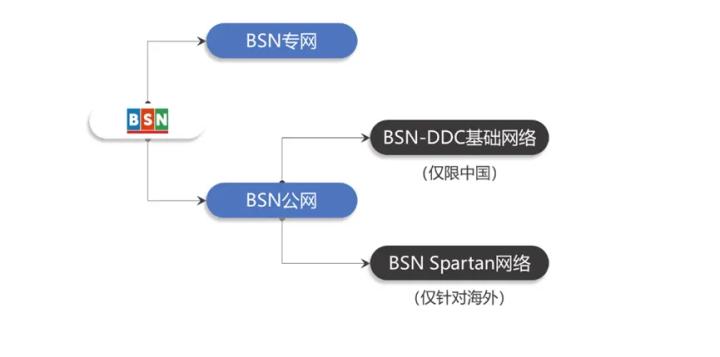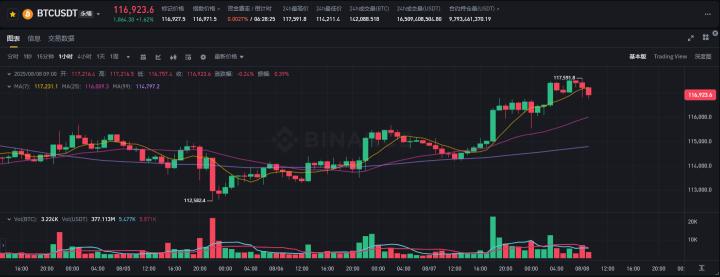On the chessboard of finance and technology, Beijing's recent moves are intriguing. According to a Bloomberg report, Chinese regulators have issued a "stablecoin gag order" to domestic brokers and think tanks, demanding a halt to all promotion, conferences, and research reports about stablecoins, creating an atmosphere of tension as if facing a formidable enemy. On the other side, Hong Kong has recently embraced stablecoin issuers, launching globally-watched regulatory licenses that attract numerous China-backed institutions, like a stage play with contrasting front and back scenes: thunderous drums on the front stage, while the backstage must remain eerily quiet.
This seemingly contradictory action reveals a profound dilemma China faces when confronting the digital financial wave: both deterring the threat of dollar system penetration through cryptocurrencies and eagerly seeking an opportunity to forge a brand-new digital ark for renminbi internationalization.
Block the Flood or Dig a Canal? Beijing's Dual-Track Calculation
First, it must be clarified that China's policy is not to completely negate stablecoins from the start. The multiple crypto bans since 2017 have denied "uncontrolled" blockchain tools. This is a battle for control, where the goal is not to embrace or reject, but to "domesticate" this fierce beast. By dissecting the "stablecoin" concept into two core elements: first, a "highly efficient cross-border payment network" as a technical carrier, and second, the "US dollar" as a value anchor, Beijing's strategy can be summarized as "want one, reject two".
In mainland China, Alipay and WeChat Pay have already constructed the world's most efficient electronic payment ecosystem, completely under regulatory oversight. In this environment, any stablecoins anchored to the US dollar, such as USDT or USDC, are dangerous to the authorities and have become difficult-to-eliminate Trojan horses in the renminbi economic system. According to Chainalysis, in the first nine months of 2024 alone, China's over-the-counter (OTC) cryptocurrency trading volume reached $75 billion, revealing a massive foreign exchange control loophole.
Turning our gaze to Hong Kong, we see a completely different "openness". Hong Kong is paving the way for issuing "controllable" stablecoins—those pegged to the Hong Kong dollar or offshore renminbi (CNH). When we see state-backed securities firms like CITIC Securities and Guotai Junan actively applying for crypto asset licenses in Hong Kong, we should not naively think they are just seeking a share of retail trading.
Their deeper mission has been seen by many Chinese enterprises as infrastructure builders for the future "digital ark of renminbi". This ark will navigate within Hong Kong's regulated "safe harbor", with blockchain providing technical efficiency, but with value core and control firmly in Beijing's hands.
Stablecoin: The Digital Spear Piercing the Financial Firewall
Behind Beijing's elaborate management lies a classic macroeconomic "Blockchain Trilemma" theory. The Mundell-Fleming model tells us that a country cannot simultaneously achieve "capital free flow", "fixed exchange rate", and "independent monetary policy". For decades, China's choice has been to sacrifice complete capital free flow to maintain absolute control over renminbi exchange rates and domestic monetary policy.
The prevalence of US dollar stablecoins in domestic transactions is like a sharp digital spear attempting to pierce this meticulously constructed firewall. Traditional capital controls only needed to guard the "gate" of banks, but stablecoins have created millions of decentralized micro "digital gates", theoretically allowing anyone with a smartphone to bypass official channels and convert renminbi assets into dollar-anchored digital assets, enabling silent capital transfer. The annual underground OTC trading volume of $75 billion is the most authentic battle report on this new battlefield.
When capital can easily flow out through USDT, the People's Bank of China must bear higher costs to maintain renminbi exchange rate stability, and its monetary policy independence will be challenged. What makes Beijing even more wary is that the United States has incorporated stablecoin regulation into its national financial strategy. In July 2025, President Trump signed the first federal-level stablecoin regulatory act, directly stating it was a "huge step in consolidating the United States' leadership in global finance and crypto technology".
This is tantamount to an arms race in the digital financial realm. If the past US dollar hegemony was built on the SWIFT system and petrodollar, the future US dollar hegemony will likely be established on a stablecoin network regulated by the US and anchored to the US dollar. In this context, if China lacks corresponding tools, it will undoubtedly be passive in future geopolitical games. Therefore, mainland China's containment and Hong Kong's pilot program are essentially two sides of the same coin: the former is defense, and the latter is to possess its own weapons on future battlefields.






